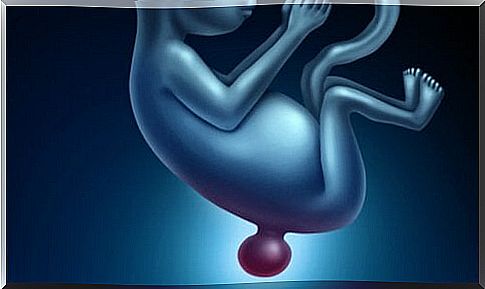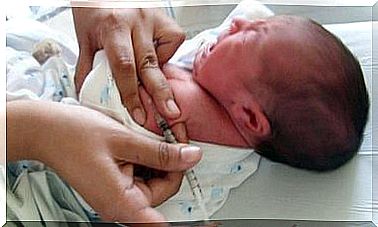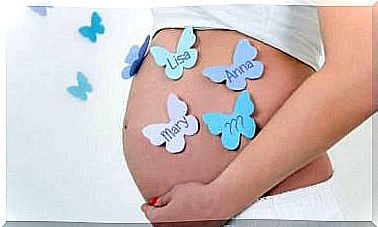Babies Born With Spina Bifida

Spina bifida is a congenital malformation. It affects a baby’s spine. It develops during pregnancy. The vertebrae do not close properly around the spinal cord and nerves. This creates an open back.
The symptoms of spina bifida
Spina bifida is a spinal disorder. It can cause both physical and mental disabilities. However, the symptoms vary. There are different forms of spina bifida. This depends on several factors.
- The size of the opening.
- The part of the spine that is affected. The higher up the back, the more serious the consequences.
- Are the nerves and spinal cord affected or not.
According to these criteria, there are three forms of spina bifida. Spina bifida aperta, which is subdivided into meningocele and myelomeningocele: and spina bifida occulta.
3 forms of spina bifida
meningocele
Meningocele affects the meninges. These are the membranes that protect the brain and spinal cord. The membranes protrude from the opening of the spine. This creates a fluid bladder. This fluid is called meningocele.
Babies with meningocele can have a variety of health problems. This depends on the damage to the nerves of the spine.
For example, they may have muscle paralysis of varying degrees. But learning disabilities such as ADHD (attention deficit hyperactivity disorder) also occur.
Myelomeningocele
When we talk about spina bifida, we usually mean this shape. It is the most severe form. Because it can cause moderate to severe disabilities. For example, symptoms of paralysis or numbness in the legs.
The membranes and end of the spinal cord protrude through the opening of the spinal column. In addition, a fluid bladder is formed. This external bladder can burst during childbirth. This exposes the spinal cord and nerves.
Problems with bones or muscles occur. Also hydrocephalus is common in babies with this condition. This is when there is an abundance of fluid in and around the brain.
Spina bifida occulta
This is the mildest form of spina bifida. This is often not even noticed. As the name says, the deformity is ‘hidden’ under the skin.
However, a birthmark or dimple in the skin may be visible. Inside, the spinal cord is connected to the tissue. That way the nerves are not affected.
Most babies with spina bifida occulta have no long-term problems. Moreover, this is often only discovered at a later age. Sometimes even in adulthood.
What are the causes of spina bifida?
The causes of spina bifida are unknown. These need to be further investigated. Just think of genetics or the environment, for example.
One thing is certain, however. It is related to low levels of folic acid.
Spina bifida occurs during the early weeks of pregnancy. It often arises before the mother-to-be knows she is pregnant.
Taking folic acid before and during pregnancy is advisable. This amounts to about 400 micrograms daily. It helps reduce the risk of spina bifida. But this does not guarantee a healthy pregnancy.
Other tips that can be followed for prevention include:
- Consult your doctor for the best treatment. No two people are the same. So no two pregnancies are identical. It is best to follow a personal plan. A plan that is designed according to the needs of mother and child.
- Inquire about the medications, vitamins, and supplements you take. During pregnancy, your body reacts differently to medication.
- Check your body temperature. High fever increases the chance of developing spina bifida in the baby.

Therapy
The treatment of spina bifida varies. It can affect several systems. Therefore, children should be followed by care providers on a long-term basis.
Not just by doctors. But also by therapists, care providers and associations. The latter offer contacts and understanding.
Babies with spina bifida occulta often require no treatment. If the spinal cord is fused, this is necessary. The spinal cord must then be detached.
After the procedure, babies often show no problems. However, there is a chance that the spinal cord will re-growth.
Babies with meningocele are operated on in their first months of life. During the procedure, the membranes are placed back into the body and the opening is closed.
The process is similar for myelomeningocele. The baby is then operated on on the first or second day after birth.
Sometimes it is noticed at an early stage of pregnancy. An operation can then be performed. At week 25, the deformity is corrected.
It will also be necessary to operate if the baby suffers from hydrocephalus.









